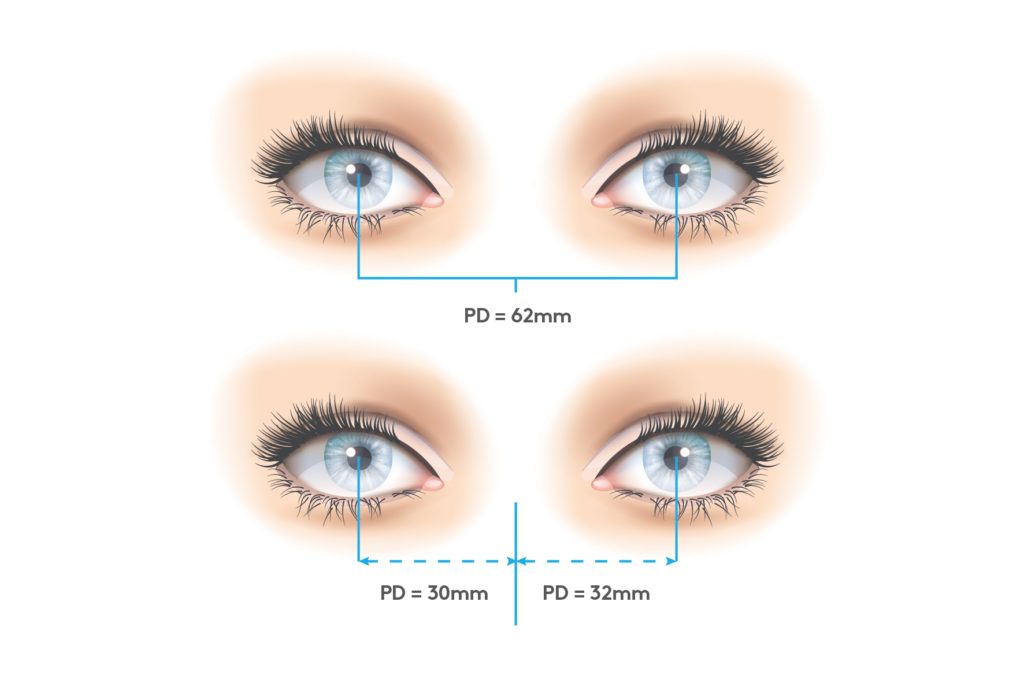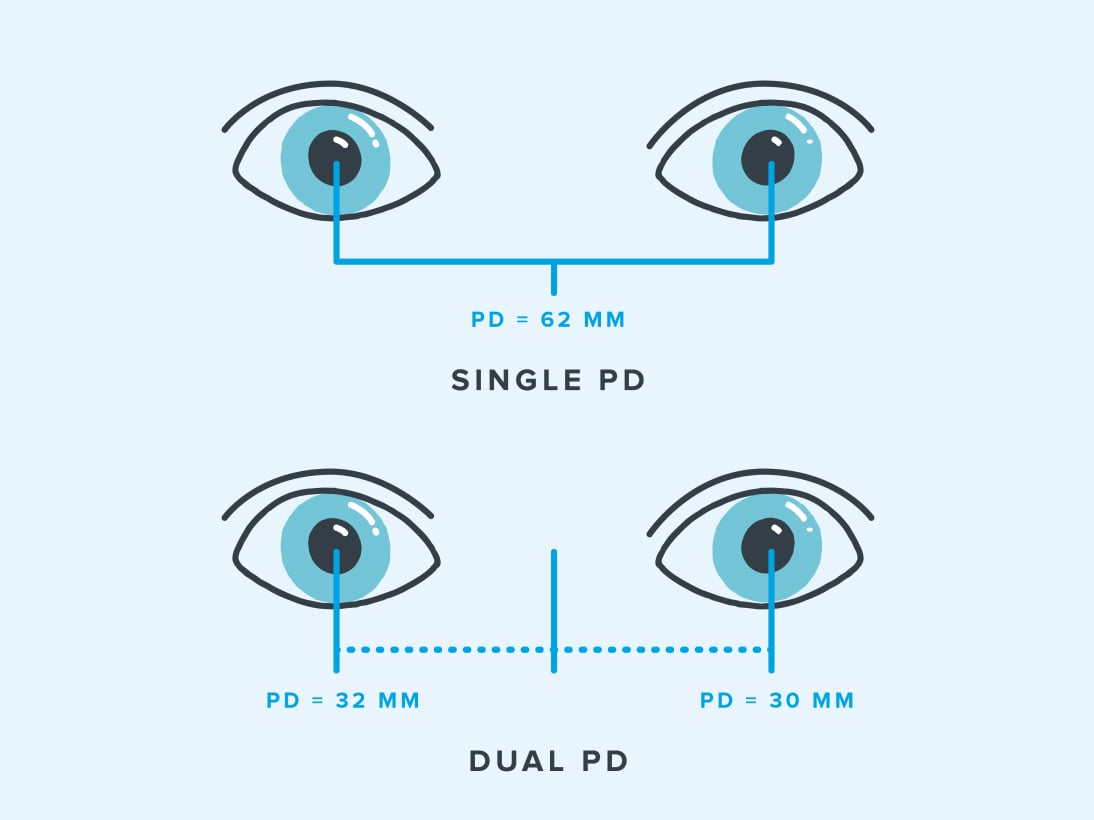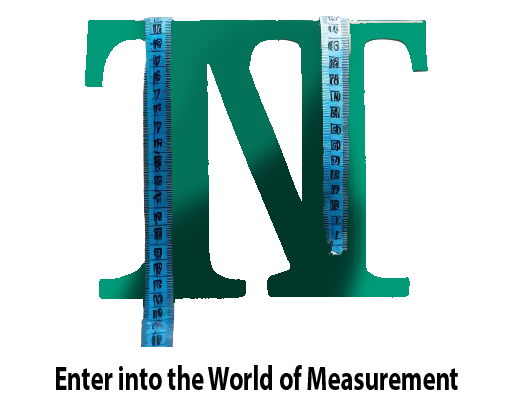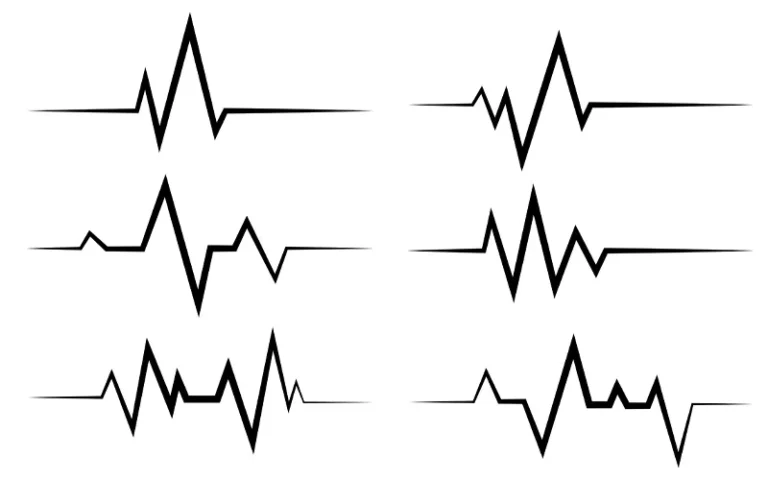How to Measure Pupillary Distance? A Step-by-Step Guide
To measure pupillary distance, use a ruler to measure the distance between the center of each pupil. Pupillary distance is important for ordering prescription eyeglasses online.
Knowing how to accurately measure it ensures the glasses fit properly and provide optimal vision correction. Whether for fashion or vision correction, getting the right pupillary distance measurement is crucial. By following simple steps and using the right tools, you can easily determine your pupillary distance at home.
This measurement is unique to each individual and plays a key role in the comfort and effectiveness of your eyeglasses. Understanding how to measure it correctly empowers you to make informed decisions when selecting eyewear.

Credit: store.adlens.com
Introduction To Pupillary Distance
Measuring your pupillary distance is crucial for ordering prescription eyeglasses online. To measure it, simply ask a friend for help or use a mirror and ruler. Align the ruler with the center of one pupil and measure to the center of the other pupil.
This measurement ensures that your lenses are positioned correctly for optimal vision.
Pupillary distance (PD) is the distance between the centers of the pupils in millimeters. It is a crucial measurement required for prescription eyewear, including eyeglasses and contact lenses. Measuring PD helps in determining the correct lens positioning and vision correction for the wearer.
Importance For Correct Eyewear
Having an accurate pupillary distance measurement is essential for the correct placement of the lenses in eyewear. Proper lens positioning is essential to ensure the wearer’s eyesight is corrected to the desired level. The wrong PD measurement can lead to blurred vision, eye strain, and headaches. An accurate measurement of PD can help in avoiding such issues and provide better vision correction.
Basics Of Pupillary Distance
Measuring PD is a simple process and can be done by a professional or at home using a ruler or PD measuring tool. The most accurate measurement is taken by an optometrist or ophthalmologist using a PD ruler or pupillometer. The measurement can also be taken by oneself or with the help of a friend or family member using a PD measuring tool. The tool consists of a ruler or a card with a scale and a mirror.
To measure the PD using a measuring tool, stand in front of a mirror and hold the tool up to your eyes. Close one eye and align the zero mark with the center of the open pupil. Repeat the process for the other eye, and the distance between the two marks is your PD measurement. It is essential to repeat the measurement a few times to ensure accuracy.
In conclusion, measuring pupillary distance is a vital step in ensuring the correct positioning of lenses in eyewear and proper vision correction. It is a simple process that can be done by a professional or at home with the help of a measuring tool. An accurate PD measurement can help avoid vision issues and provide a better eyewear experience.
Tools Required For Measuring
When it comes to measuring pupillary distance, you will need the right tools to ensure accurate results. There are several options available for measuring pupillary distance, each requiring different tools to achieve precise measurements.
Standard Ruler
A standard ruler is a simple and cost-effective tool for measuring pupillary distance. To use a standard ruler, stand in front of a mirror and hold the ruler against your brow. Close one eye and align the “0” mark with the center of your pupil. Then, measure to the center of the other pupil. Repeat the process for the other eye. Ensure the ruler is held straight and parallel to the floor for accurate measurements.
Pupillary Distance App
A pupillary distance app is a convenient digital tool for measuring pupillary distance. Simply download the app on your smartphone, follow the instructions, and use the phone’s camera to capture the measurements. These apps often provide step-by-step guidance for accurate measurements, making it an accessible option for many users.
Printable Pd Rulers
Printable PD rulers are paper-based tools that can be used to measure pupillary distance at home. These rulers can be downloaded and printed from reputable sources. Once printed, follow the provided instructions to ensure the ruler is the correct size, and then use it to measure the distance between your pupils accurately.
Preparing For The Measurement
Before you can measure your pupillary distance (PD), it’s important to ensure you are prepared with the right tools and setup. Taking the time to properly prepare will help you achieve accurate results and make the process much easier. Here are some key factors to consider when getting ready to measure your PD:
Finding Good Lighting
When measuring your pupillary distance, it is crucial to have adequate lighting. Good lighting will allow you to clearly see the details of your eyes and accurately determine the distance between your pupils. To find the best lighting:
- Choose a well-lit room or area with natural light if possible.
- Avoid harsh overhead lighting or shadows that may obscure your vision.
- Position yourself near a window or use a bright lamp to ensure proper illumination.
Choosing The Right Mirror
Having the right mirror is essential for measuring your pupillary distance. The mirror should provide a clear reflection of your face and eyes, allowing you to easily see your pupils. Follow these tips when selecting a mirror:
- Use a large, flat mirror that covers your entire face.
- Avoid mirrors with distortions or cracks that may affect your ability to see accurately.
- Ensure the mirror is clean and free from smudges or fingerprints.
Positioning Yourself
Proper positioning is crucial when measuring your pupillary distance. By positioning yourself correctly, you can ensure accurate and consistent results. Here’s how to position yourself:
- Stand or sit in a comfortable, well-supported position.
- Hold the mirror at eye level, approximately 12-14 inches away from your face.
- Look straight into the mirror, keeping your head and neck in a relaxed and natural position.
- Focus on aligning your eyes with the center of the mirror to obtain an accurate reflection.
By following these steps and preparing appropriately, you will be ready to measure your pupillary distance with confidence. Remember, accuracy is key when it comes to obtaining the correct measurements for your eyewear, so take your time and ensure you have the right setup before proceeding.

Credit: www.framesdirect.com
Step-by-step Measurement Process
Measuring your pupillary distance (PD) is an essential step when it comes to ordering prescription glasses online. Having the correct PD measurement ensures that your lenses are properly aligned with your eyes, resulting in optimal vision. Follow the step-by-step process below to accurately measure your PD.
Aligning The Ruler
- Start by placing a millimeter ruler horizontally on a flat surface, such as a table or countertop.
- Position yourself about 12 inches away from a well-lit mirror, ensuring that your face is directly facing the mirror.
- Hold the ruler against your forehead, making sure it is parallel to the floor.
- Align the zero mark of the ruler with the center of your right pupil. Ensure that the ruler is held steady and straight.
Focusing On A Distant Object
- With the ruler in place, focus your eyes on a distant object behind the ruler.
- Ensure that both of your eyes are looking straight ahead, with no tilting or turning of the head.
- Maintain a relaxed posture and avoid squinting or straining your eyes.
Recording The Measurement
- While keeping the ruler steady, use a mirror or ask someone for assistance in reading the millimeter measurement that aligns with the center of your left pupil.
- Record the measurement in millimeters, as this is the standard unit of measurement for PD.
- Repeat the process a couple of times to ensure accuracy and consistency.
Once you have obtained your PD measurement, you can confidently proceed with ordering your prescription glasses online. Remember that a precise PD measurement is crucial for optimal vision and comfort. By following these simple steps, you can ensure that your PD is measured accurately, leading to a seamless eyewear shopping experience.
Measuring Pd For Someone Else
When measuring pupillary distance (PD) for someone else, it’s important to ensure accuracy for a comfortable and precise fit. Here’s a simple guide to help you through the process.
Positioning The Subject
Ensure the subject is seated comfortably with their head straight and level. They should be looking directly ahead, with their eyes open and facing a well-lit area.
Taking The Measurement
Using a millimeter ruler, place the 0 mark in the center of one pupil. Then, measure the distance to the center of the other pupil. Repeat this process a few times to ensure consistency.
Tips To Ensure Accuracy
Tips to Ensure Accuracy:
Multiple Measurements
Take at least three measurements for precision.
Record the average for the most accurate result.
Avoiding Common Mistakes
Ensure the ruler is at the center of the pupils.
Avoid tilting the ruler to prevent errors.
Interpreting The Results
When it comes to measuring pupillary distance (PD), interpreting the results is crucial for proper eyewear fitting.
Single Pd Versus Dual Pd
Single PD measures the distance between the center of each pupil, while dual PD measures the distance between the centers of both pupils.
Using Pd For Eyewear Selection
PD is essential for accurate lens alignment in eyeglasses, ensuring optimal vision correction.
When To Seek Professional Help
For accurate pupillary distance measurement, it’s crucial to consider seeking professional help.
Complex Prescriptions
Prescriptions with astigmatism may require professional measurement for accuracy.
Professional Measurements Vs DIY
Optometrists ensure precise measurements compared to DIY methods.
Faqs On Pupillary Distance
Pupillary Distance, or PD, is the measurement between your pupils and is crucial for properly fitting eyeglasses. To measure it, position a ruler on the bridge of your nose and align it with the center of one pupil, then read the measurement where the other pupil aligns.
It’s important to accurately measure PD to ensure comfortable and clear vision with your eyewear.
Common Concerns
Measuring PD at home is simple.
Use a ruler and mirror.
Ask a friend for help.
Troubleshooting Measurement Issues
- Ensure ruler is straight.
- Stand straight facing mirror.
- Measure from center of pupils.

Credit: www.warbyparker.com
Frequently Asked Questions
How Do I Measure My Pupillary Distance At Home?
You will need a ruler, a mirror, and a friend. Place the ruler on the bridge of your nose and measure the distance between the centers of your pupils.
Why Is Measuring Pupillary Distance Important For Eyeglasses?
Measuring pupillary distance ensures that the optical center of the lenses is aligned with the center of your pupils, which provides the best vision correction.
Can I Measure My Pupillary Distance Myself?
It is recommended to have someone else measure your pupillary distance to ensure accuracy. However, there are online tools that can help you measure it yourself.
What Is The Average Pupillary Distance For Adults?
The average pupillary distance for adults is between 54-68 mm, but it can vary depending on the individual.
How Often Should I Measure My Pupillary Distance?
You should measure your pupillary distance every time you get new eyeglasses or contacts. It can also change over time, so it is recommended to measure it every few years.
Conclusion
Understanding how to measure pupillary distance is crucial for finding the right pair of eyeglasses. By following the simple steps outlined in this guide, you can accurately determine your PD at home. With this knowledge, you’ll be able to confidently shop for eyewear online and ensure a comfortable and precise fit.






